Müpa has been home for classical and popular music concerts, operas and other cultural programmes since 2005. Lately, the Müpa Home platform has become more and more important, making it possible to rewatch concert videos and follow live streams from our homes. Who are there in the team working on this every day, what is the canopy used for, and why does the institution find it important to provide more and more audiovisual content? We were talking to Krisztián Kovács-Ender, creative director of the Müpa Studio.
When and how did you start to work at the Müpa creative studio?
This has been my workplace for the last 15 years, since the official launch of this institution. Previously I worked at the radio and several TV channels as director and editor, but I didn’t really find my place. I didn’t feel well at the Hungarian press, for my taste it wasn’t progressive enough. Then Müpa headhunted me. Even in the international scene it is rare for a cultural insitution to build such a huge studio right at the beginning. Our first tasks were to record and archive the programmes in the Müpa and to create promotion material. The venue was very exciting, and there were a lot of wonderful professionals. It was in the air that everyone is here to make something extraordinary. Müpa Studio is unique in its kind, because it requires the teamwork of many colleagues to create all these contents. Our team play is one secret behind the success of the Müpa.

How has the aims and the importance of the Müpa archive changed over time?
The Studio has undergone a huge change over this 15 years. Arund 2008 we had an idea of extending the archive. The founding documents of the institution stated that we are only allowed to archive, but not enter the market with anything new. But during all those years, it turned out that Müpa is hosting more and more genres in a higher and higher quality, and it positively influenced our work. At the point it became clear that we are finally allowed to create own content, we were in the need of big technological development, but fortunately that was realised and our work span became wider. There is almost no audiovisual genre that we are not working in. Our basic aim is to create concert videos, but now we also live broadcast for Hungarian and foreign TV channels, and podcast, promotion, presentations for lectures. Most colleagues have been worked together for ages, that’s a huge professional capital that we aim to use wisely and to protect.
And how did Müpa Home start that hosts archive footage and online broadcasts?
Müpa have been working on such a concept for a while with a constant development of the format. That all started before the sudden increase of the market demand for that. We have been dreaming of providing our content to a bigger audience for long, but it had many legal and technical difficulties. It’s not like we make a lot of content so we are free to spread it. A concert of the National Philharmonics in 2010 was the first live broadcast in our history. Since then, we have been nurturing this format, the Müpa Home Live, which is at its peak by now. Müpa Home is ahead of very intriguing times. We have organised the legal basis, and there is a huge basis of footages to reach to. Our website is the best platform to stream, with YouTube as a secondary platform. Feedback shows that there is an enormous interest in online concert broadcasts, and we do all efforts to have the best sound quality possible.
How do you choose the programmes to be recorded?
This is a very complicated matrix defined by our and our partners’ platforms, the basic needs of the audience, and our cultural mission. With our live broadcasts, we can have a strategy that differs from commercial TV channels who always target huge audience numbers. For us, it is of course also important to have a broad audience, but we don’t reject smaller productions, like early career artists or not so commercial genres that might not attract the most people, but they definitely have a loyal base of fans, not less relevant as the fans of a worldwide star.
How many people are working on the broadcasts and what professions do they represent?
The Müpa Studio is relatively small if you compare it to the size of the institution and the programme supply. There is 18 of us in the studio, some are long-term internal colleagues and some are contract partners, external colleagues. We work with maximum 10 cameras at the concerts. Apart from the camerapeople, there is a director, an assistant director, a music director, a sound engineer, an image engineer, and of course a lot of editors, graphic and animation designer colleagues.

There is a huge canopy over the Müpa concert hall weighing 42 tons, which is crucial for the better acoustics. What role does it play at the concert videos?
The canopy is one of the most spectacular part of the hall. It helps to change the acoustics, so we have different canopy settings for a symphonic orchestra and a chamber orchestra, for example. Aside the sound, it is also an important element for the lighting and the scene, as it has a lot of lamps in it. Sometimes we light it up as well to be part of the sceneries.
The pandemic resulted in empty rows for many concerts. Doesn’t it look bad on the video? I guess it might not be too good for the musicians as well. How did you find technical solutions for these problems?
We first confronted the an empty row challenge during the Müpa Drive-in Cinema in the summer. Musicians played for a totally empty hall, and we broadcasted the concerts on a led wall next to the parking lot. We said to ourselves that we don’t deal with an “empty concert hall” but an artistic venue we have to fill up with as much content as possible. That drove our fears away. Many musicians played here for the first time after the first lockdown, and they were anxious. We helped them with lamps to hang over the empty rows, so they weren’t playing for a dark and scary void, but a “space”. Now with still no audience, we try to convince the bands and orchestras about the advantages of the situation from the broadcast/video perspective. For instance if there is full house, we cannot put a cameraperson in the middle of the stage, because they would disturb the audience. But now we can have these close-ups on the video. We should use these good opportunities when we can.

What feedback do you get from the audience?
They love the live broadcasts very much. We have a very loyal and open-minded audience who share their opinions on the programes. We feel their hunger for quality programmes, and it’s great to experience that they like what we do for them. We have been thinking about a lot how to strengthen this connection even more.
What can the future hold for Müpa Home?
A constant development of content and technology. The many genres and artists, the dynamic change of audience needs require us to go around with an open eye. Movie-making has a lot of individual forms, and we aspire to learn and use everything that can make the content provision of Müpa unique and more. We reach more and more people abroad as well, and we would like to keep in touch with them. I can’t give a more specific example yet, but it’s coming soon. I hope you all will love it.
Interview: Zsolt Várkonyi
Translation: Zsófia Hacsek

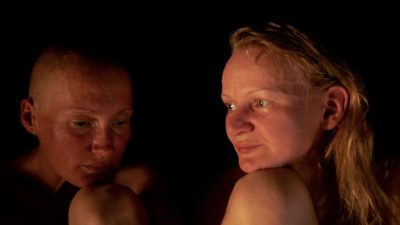
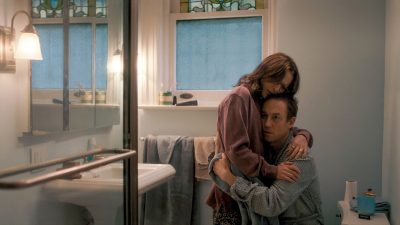
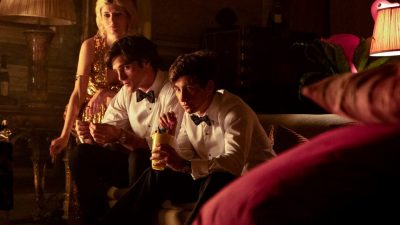
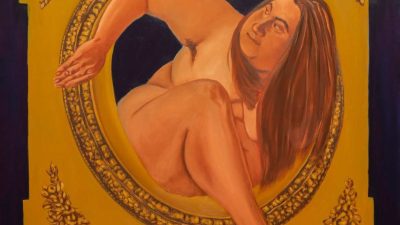
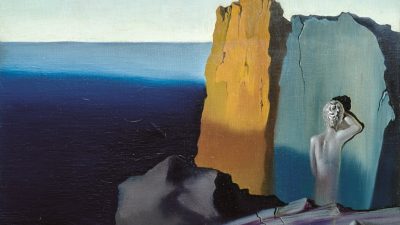
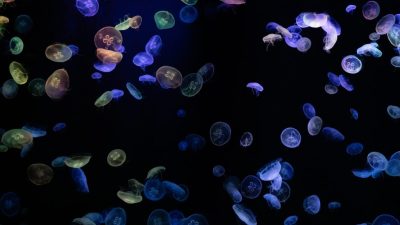


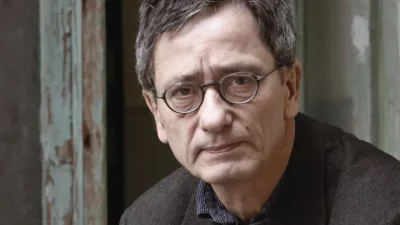



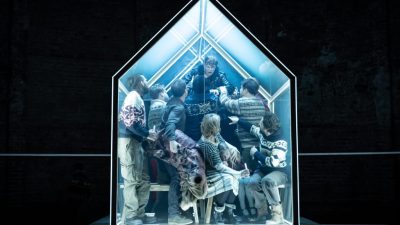






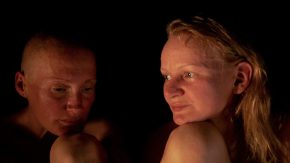
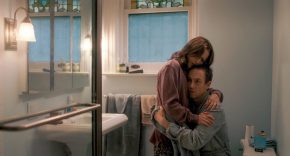

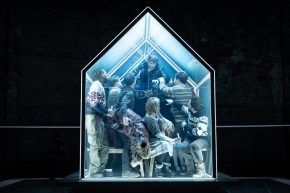


Comments
2 Responses to “Secrets behind the concert videos we can see at home – interview with the creative director of Müpa Studio”